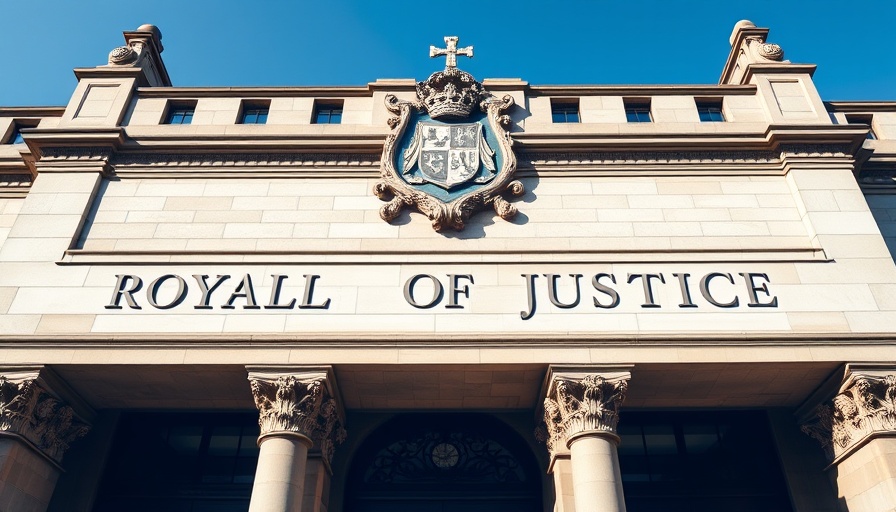
The controversy over gender treatment and its implications
The legal challenge against England's first private clinic providing gender treatment to under-18s has ignited a raging debate about youth medical safety and the role of health regulators. The claim, brought forth by former nurse Susan Evans and an anonymous mother, contends that the Care Quality Commission (CQC) operated without sufficient consideration of necessary safeguards. Their argument? The CQC's decision to register the clinic lacked rationality—an explosive allegation that could have wider ramifications across the healthcare system.
What the challenges mean for youth healthcare
At the heart of the dispute is how the CQC evaluated the Gender Plus Healthcare Clinic, known for its outstanding rating. Critics are not convinced. They argue that hormone treatments for minors require extreme caution but felt this was ignored when the CQC made its decision. The Cass Review, a pivotal government report, advocates for safeguarding young patients by emphasizing the need for stringent evaluations. Was the CQC remiss in its duty by allowing such treatments to proceed unchecked? The plaintiffs think so, and their concerns highlight the fragile balance between medical advancements and ethical responsibilities.
CQC's defense: safety first?
The CQC defends its stance, claiming it found the clinic committed to patient welfare, lacking any signs of improper decision-making. But is this enough? Critics suggest that confidence in the clinic is misplaced, especially when the Cass Review clearly warns against hasty prescriptions. Potential risk factors loom over youth treatment, fueled by controversial practices gaining traction. The growing debate around gender treatments for youths offers a stark reminder that what’s deemed acceptable today may not be tenable tomorrow.
Public sentiment: polarized views on gender treatment
Leicestershire residents are not immune to the national discourse. Families with young adolescents increasingly find themselves at a crossroads, grappling with issues of identity, biology, and medical ethics. Some support the clinic’s existence as a much-needed resource for those struggling with gender dysphoria, while others fear a slippery slope leading to irreversible decisions made during formative years. This duality raises pressing moral questions—can society truly balance the rights of youth to access medical treatment against the potential long-term consequences of such treatments?
Future consequences: where is this heading?
As the judicial process unfolds, the implications could extend far beyond this single clinic. Should the court side with the plaintiffs, expect a ripple effect through private medical practices and public health policies. This lawsuit could act as a springboard for increased scrutiny of facilities treating young people with gender identity concerns. Regulatory bodies may find themselves under unprecedented pressure to mandate extensive safeguards, reshaping how medical providers approach this sensitive area of healthcare. It’s not just about one clinic or one group of patients—it’s about the future of adolescent healthcare.
Empowering informed decisions
For parents, the legal challenge emphasizes the importance of being informed about healthcare options for their children. Engaging in open discussions about gender identity and the available treatments is vital. Embracing knowledge empowers parents to make decisions that prioritize their children’s well-being. They should feel confident in asking tough questions about the legitimacy, ethics, and safety protocols of clinics providing such crucial treatments.
The challenge against the CQC may be just the beginning. As society wrestles with the complexities of gender identity and medical treatments, advocates for both sides will continue to clash. This conversation demands informed participation from all corners, particularly as the implications of clinical decisions affect the most vulnerable in our community.
 Add Row
Add Row  Add
Add 




Write A Comment